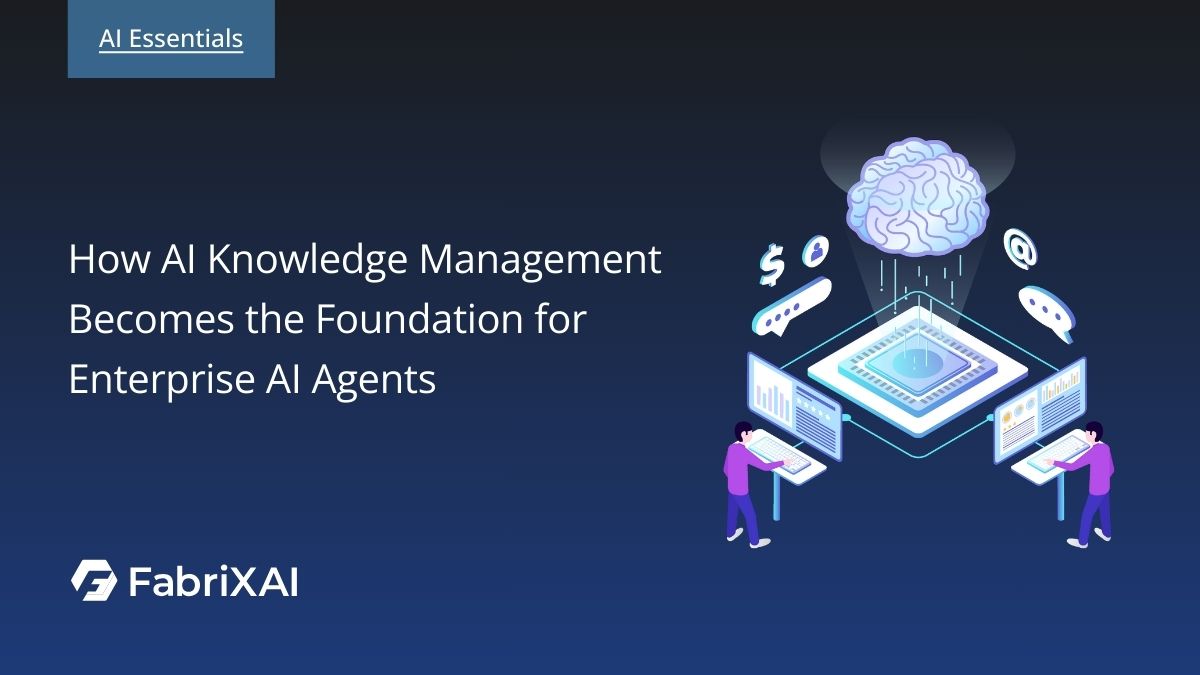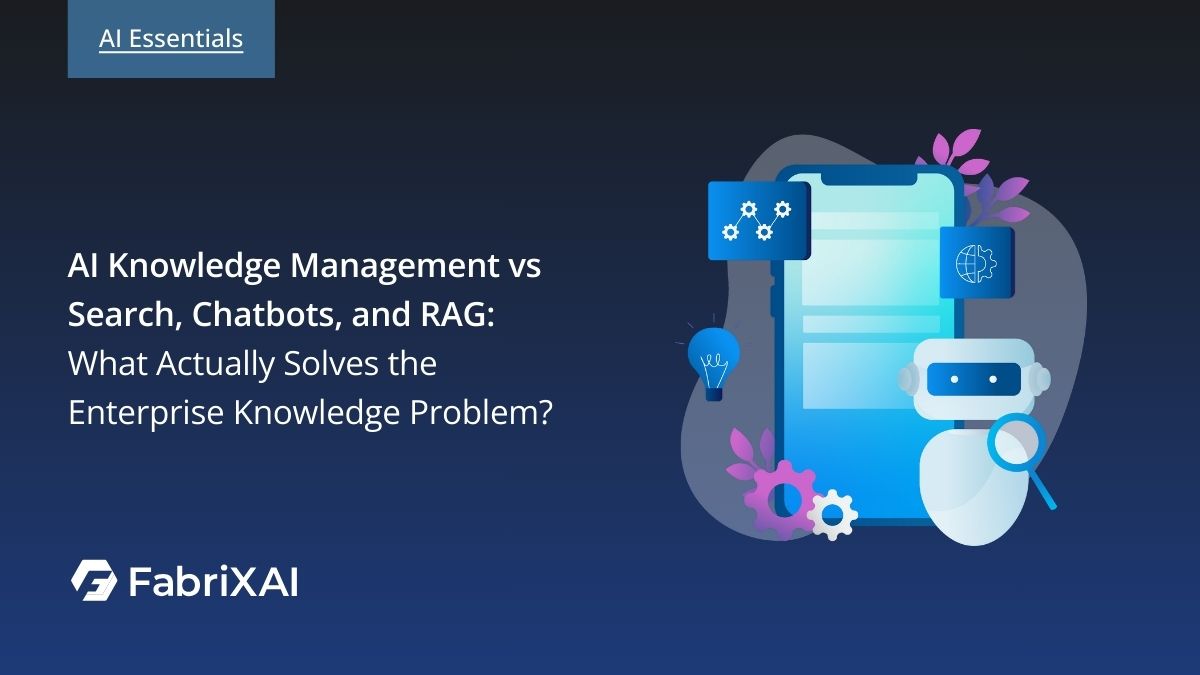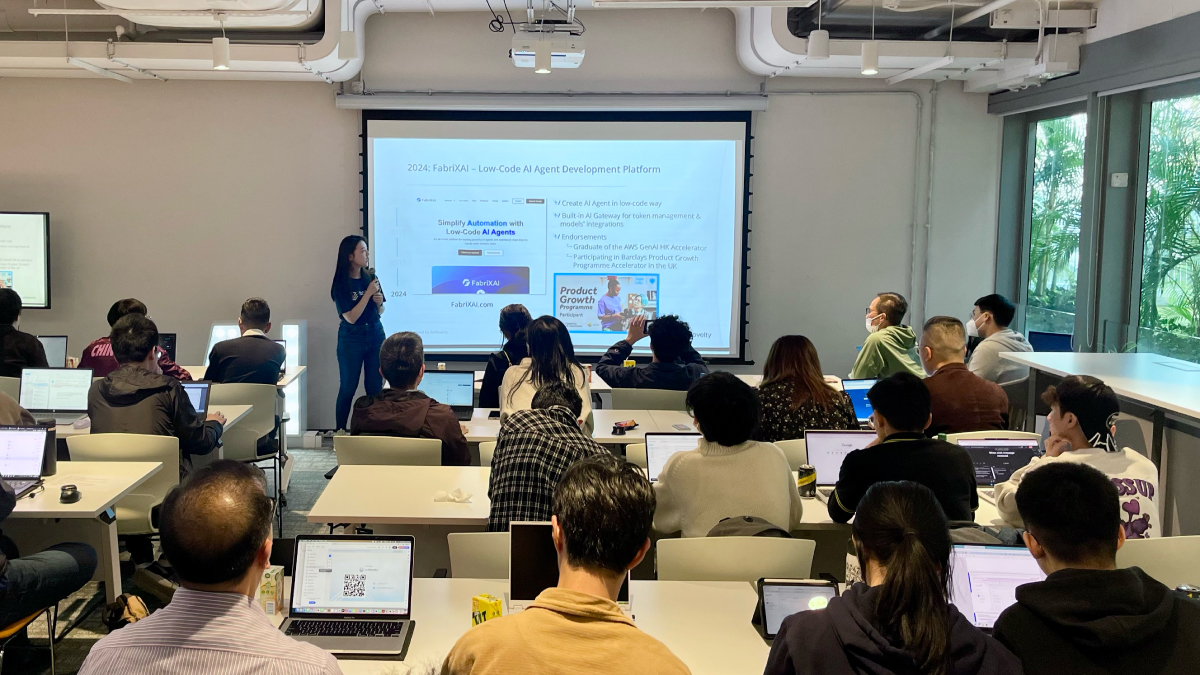Introduction to Robotic Process Automation (RPA)

In today’s fast-paced business environment, accuracy and efficiency are critical. Organizations are constantly seeking ways to optimize their operations, reduce costs, and improve customer satisfaction. Robotic Process Automation (RPA) is one technological advancement that has shown to be revolutionary in accomplishing these objectives. RPA promotes innovation and growth by freeing up time for organizations to concentrate on more important activities by automating mundane and repetitive processes. We will go into the realm of RPA in this blog article, exploring its relationship with Artificial Intelligence (AI), its evolution, benefits, challenges, and use cases.
What is Robotic Process Automation (RPA)?
Robotic Process Automation (RPA) is a technology that utilizes software-based "robots" or intelligent agents to automate a wide range of business processes and tasks. They are programmed to mimic the actions and behaviors of human workers, allowing them to interact with various applications and systems in the same way a person would. They are designed to perform specific, rule-based tasks such as entering data, copying and pasting information - all without the need for manual human intervention.
The key characteristic that distinguishes RPA from traditional automation approaches is its user-friendly, low-code/no-code nature. They are designed with intuitive interfaces, enabling business users and subject matter experts to configure and deploy automation solutions without requiring extensive programming skills or IT involvement. This flexibility allows organizations to automate processes that span multiple software platforms, from legacy mainframe systems to modern cloud-based applications, providing a scalable and adaptable solution for digital transformation.
Robotic Process Automation (RPA) and Artificial Intelligence (AI)

Robotic Process Automation (RPA) and Artificial Intelligence (AI) are two distinct technologies that organizations leverage to automate tasks and enhance efficiency. While both aim to streamline operations, the approaches and capabilities of RPA and AI differ significantly. The table below provides a detailed comparison of the key characteristics that distinguish these two technologies.
Currently, it is possible to incorporate AI into RPA. By integrating RPA with AI capabilities, organizations can unlock the ability to handle more complex, non-routine tasks. AI-powered RPA systems can leverage machine learning, NLP, and computer vision to automate higher-level processes. This convergence of RPA and AI enables organizations to tackle a wider range of business challenges, from analyzing unstructured data to making more informed, data-driven decisions.
To learn more about AI, we recommend reading our blog post "Introduction to Agentic AI and Agentic Workflow".
The Evolution of RPA

The evolution of Robotic Process Automation (RPA) has been a remarkable journey, marked by significant advancements and adaptations to the changing technological landscape. This journey goes through a few key stages:
1. Automate Repetitive Tasks
The concept of automation has been around for decades, but Robotic Process Automation (RPA) as a distinct field emerged in the early 2000s. Initially, RPA was used to handle simple, repetitive tasks within business processes. The early days of RPA focused on automating basic, rules-based tasks to improve efficiency and reduce manual effort.
2. Democratize Automation
RPA's capabilities increased with the development of the technology to encompass more complicated processes and technological integration. As RPA systems developed, they were able to do a greater variety of jobs and easily cooperate with other systems. Crucially, the introduction of low-code RPA software simplified the technology's use for employees, enabling participation from everyone in the company—even the non-technical staff members.
3. Introduce AI
In the 2010s, RPA became a key component in the digital transformation strategies of many organizations. RPA began to integrate with emerging technologies such as Artificial Intelligence (AI) and machine learning, enhancing its capabilities and enabling it to handle more complex tasks.
4. Expand Use Cases
Today, RPA continues to evolve, with increasing integration with AI, machine learning, and other emerging technologies. Organizations are leveraging RPA to drive greater business agility, improve decision-making, and transform their operations to stay competitive in a rapidly changing landscape. The use cases for RPA have expanded significantly, with the technology being applied across various industries and business.
The Benefits of RPA
Robotic Process Automation (RPA) stands as a transformative force in the realm of business process management, offering a multitude of advantages that streamline operations and drive efficiency.
1. Simplified Deployment
RPA technology is user-friendly, it can be configured and deployed quickly using low-code or no-code tools, reducing the need for specialized IT skills. By simplifying the deployment process, organizations can rapidly scale their automation efforts to meet evolving business needs.
2. Increased Productivity
Bots can work 24/7 without breaks, significantly improving the speed and volume of task execution. This not only boosts the overall productivity of the workforce but also enhances job satisfaction by reducing the burden of monotonous tasks.
3. Cost Reduction
Automating repetitive tasks reduces the need for manual labor, leading to cost savings. Additionally, the scalability of RPA allows for incremental implementation, enabling businesses to automate processes at their own pace and budget.
4. Improved Accuracy
Bots follow predefined rules and processes, minimizing the risk of human errors, such as data entry mistakes or inconsistencies in applying procedures.
The Challenges of RPA

1. Effort in Maintenance
The software bots used in RPA require regular updates and maintenance to ensure they continue to function correctly as business processes change and evolve over time. This ongoing maintenance can be labor-intensive, as it often involves monitoring the performance of the bots, troubleshooting any issues that arise, and making necessary adjustments to their configurations and workflows. Effective maintenance is crucial to maintaining the efficiency and reliability of RPA implementations.
2.Integration Issue
Integrating RPA with existing systems and processes can sometimes be difficult, particularly in complex, legacy IT environments. Ensuring seamless integration between the RPA software and the various applications, databases, and workflows used by the organization can require significant planning, testing, and coordination across IT and business teams.
3. Reliance on Structured Data
RPA is primarily designed to automate rule-based, structured tasks. It may face limitations in handling unstructured data and more complex, cognitive-based processes that require advanced analytical capabilities.
4. Scalability Limitations
As the number of RPA bots and automated processes grows, organizations may face challenges in scaling the technology to keep up with increasing demands. Effectively managing and orchestrating a large-scale RPA deployment can become complex over time.
Use Cases of RPA
Robotic Process Automation (RPA) can be applied in various industries and functions. Some common use cases include:
- Finance and Accounting: Automating invoice processing, accounts payable/receivable, and financial reporting.
- Customer Service: Handling routine customer inquiries, processing orders, and managing account information.
- Human Resources: Automating employee onboarding, payroll processing, and benefits administration.
- Healthcare: Streamlining patient data management, billing, and claims processing.
- Retail: Automating order processing, inventory management, and logistics coordination.
Conclusion
Robotic Process Automation represents a significant advancement in business process automation, offering substantial benefits in terms of efficiency, accuracy, and cost reduction. The democratization of RPA through low-code platforms has been a crucial step, empowering employees at all levels to leverage the benefits of automation and contribute to their organization's digital transformation initiatives. By putting the power of RPA in the hands of non-technical users, companies can harness the full potential of the technology to drive innovation and gain a competitive edge.
Looking ahead, the incorporation of Artificial Intelligence (AI) into RPA systems will be a game-changer. By combining the efficiency and scalability of RPA with the cognitive capabilities of AI, organizations can automate higher-level, non-routine tasks that were previously beyond the reach of traditional RPA. This convergence of RPA and AI will enable companies to tackle more complex business challenges, from analyzing unstructured data to making more informed, data-driven decisions. As RPA continues to evolve and integrate with other emerging technologies, its role in organizational transformation will only become more crucial, making it an essential tool for modern businesses.
Frequently Asked RPA Questions
1. Is RPA the same as Artificial Intelligence (AI)?
No, RPA and AI are different. RPA automates rule-based tasks, while AI involves creating systems that can perform tasks requiring cognitive abilities, such as learning and problem-solving. However, they can complement each other to create more advanced automation solutions.
2. What processes can be automated with RPA?
RPA is suitable for automating repetitive, rule-based tasks that involve structured data. Examples include data entry, transaction processing, and simple customer service tasks.
3. Is RPA secure for my business?
Yes, RPA can be secure if implemented with proper security measures. It's essential to follow best practices, such as ensuring bots have the appropriate access controls, encrypting data, and regularly updating and monitoring the bots to prevent security vulnerabilities.



